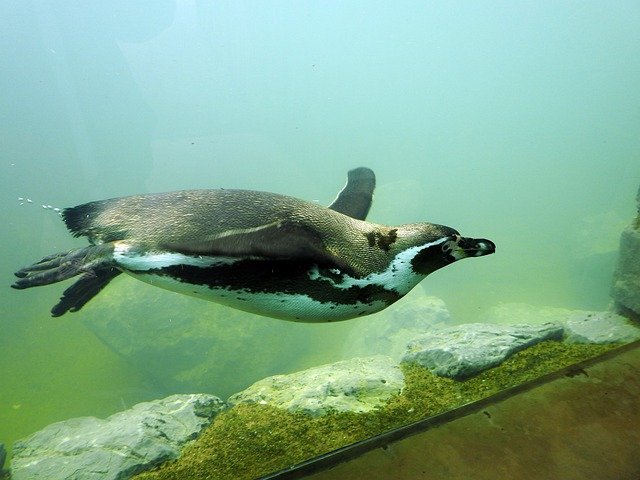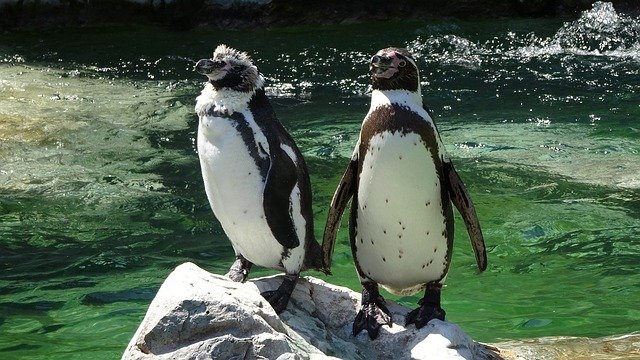
Climate Change and Penguin Habitat: The Impact on Their Breeding and Survival
Climate change is one of the most pressing challenges facing our planet today, and its effects are particularly pronounced in polar regions. Penguins, iconic symbols of the Antarctic, are experiencing significant challenges due to the changing climate, which threatens their habitats, breeding patterns, and overall survival.
The Effects of Climate Change on Penguin Habitats
1. Melting Ice and Habitat Loss
Penguins rely on sea ice for breeding, feeding, and protection from predators. As global temperatures rise, the extent of sea ice is decreasing. For species like the Emperor Penguin, which breeds on sea ice, the loss of stable ice platforms is catastrophic. The reduction in ice not only limits their breeding sites but also impacts the availability of krill, a primary food source.
2. Changing Ocean Temperatures
Warmer ocean temperatures affect the distribution of prey species. Penguins depend on fish and krill, which are sensitive to temperature changes. As these species migrate to cooler waters, penguins may have to travel farther to find food, leading to increased energy expenditure and reduced breeding success.
3. Increased Storm Frequency
Climate change has been linked to more frequent and severe storms. These storms can destroy nesting sites and lead to higher chick mortality rates. For instance, heavy rainfall can flood nests, while strong winds can displace eggs and chicks, making it difficult for penguin colonies to thrive.
Impact on Breeding Patterns
1. Altered Breeding Seasons
Changes in temperature and food availability can disrupt the timing of breeding. Penguins have specific breeding cycles that align with the availability of food. If the timing of ice melt and prey availability shifts, it may lead to mismatches that jeopardize the survival of chicks.
2. Increased Competition for Resources
As habitat conditions change, competition for resources among penguin species may intensify. For example, as Adélie Penguins move further south due to warming temperatures, they may compete with Emperor Penguins for food and nesting sites, leading to stress and reduced reproductive success.
Consequences for Penguin Survival
The combined effects of habitat loss, altered breeding patterns, and increased competition pose significant risks to penguin populations. Some species, such as the Emperor Penguin, are classified as vulnerable, and continued climate change could push them closer to extinction.
1. Declining Populations
Recent studies indicate that certain penguin populations are declining at alarming rates. For instance, the Emperor Penguin population has seen a significant decrease due to habitat loss and changing environmental conditions. If current trends continue, we may witness the collapse of entire colonies.
2. Need for Conservation Efforts
To mitigate the effects of climate change on penguins, urgent conservation efforts are needed. Protecting critical habitats, implementing sustainable fishing practices, and reducing greenhouse gas emissions are vital steps to ensure the survival of these remarkable birds.
Conclusion
Penguins are not just a symbol of the Antarctic; they are an integral part of the marine ecosystem. Climate change poses a severe threat to their habitats, breeding, and survival. As we work towards combating climate change, it is essential to prioritize the protection of penguin populations and their habitats. By raising awareness and taking action, we can help secure a future for these extraordinary creatures.
References
- Antarctic Climate Change and the Future of Penguins
- Impact of Climate Change on Marine Ecosystems
- Conservation Strategies for Penguins
